Induction heating is a remarkable process that has revolutionized various industries by providing a highly efficient and controlled method of generating heat without direct contact. In this comprehensive guide, we will explore what induction heating is, the materials that can be induction heated, and the wide range of applications where this technology is harnessed.
What is Inductive Heating
Induction heating is a non-contact heating process that uses electromagnetic fields to generate heat within a material. It operates on the principle of electromagnetic induction, where alternating current (AC) passes through a coil, creating a magnetic field around it. When a conductive material is placed within this magnetic field, it induces electrical currents within the material due to electromagnetic resistance, resulting in the generation of heat.
Key features of induction heating
Non-Contact: Induction heating does not require physical contact between the heating source and the material being heated, making it a clean and efficient method.
Controlled and Precise: The process offers precise and consistent temperature control, allowing for uniform heating and reduced risk of overheating or material damage.
Rapid Heating: Induction heating is known for its fast heating capabilities, reducing processing times and increasing productivity.
What Materials Can be Induction Heated?
Induction heating is primarily effective on conductive materials, where the heating is achieved through the generation of eddy currents within the material. Materials that are suitable for induction heating include:
Metals: Induction heating is most commonly used for heating various metals, including steel, aluminum, brass, copper, and iron. It is especially valuable in the heat treatment of metals for tempering, hardening, and annealing.
Graphite and Carbon Materials: These materials, being conductive, can also be effectively induction heated. This is often employed in applications such as carbon fiber production and graphite sintering.
Some Non-Metals: While less common, some non-metal materials with conductive properties, such as certain ceramics and composites, can be induction heated for specific applications.
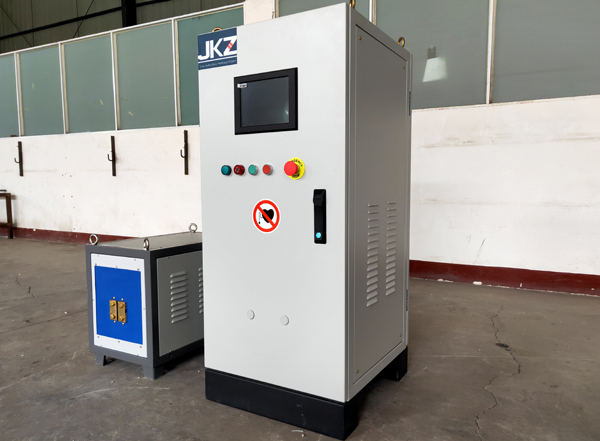
What is Induction Heating Used For?
Induction heating is a versatile and efficient method of generating heat through electromagnetic fields, and it finds numerous applications across various industries. Here is a closer look at some of the common and diverse uses of induction heating:
Metal Hardening and Tempering: Induction heating is widely utilized in the metallurgical industry to harden and temper metal components. This process enhances the mechanical properties of metals, making them tougher, more durable, and resistant to wear and corrosion. Common applications include hardening of gears, shafts, and various machine parts.
Brazing and Soldering: In manufacturing, induction heating is a preferred method for brazing and soldering processes. It allows for precise and localized heating of the filler material, ensuring strong, clean, and reliable joints between metal components. This technique is commonly employed in the automotive and aerospace industries for joining parts.
Annealing: Annealing is a heat treatment process used to soften metals, relieve stress, and improve their machinability. Induction heating offers a controlled and efficient means of achieving this, making it valuable in the production of wires, tubes, and various metallic components.
Induction Cooking: In the realm of household appliances, induction heating technology is widely used for stovetops. It provides rapid, energy-efficient, and precisely controlled cooking without open flames, making it a popular choice for modern kitchens.
Summary
In conclusion, induction heating is a versatile and efficient technology that has revolutionized a wide array of industries, providing controlled and uniform heating without physical contact. Its ability to offer rapid and precise heating, along with its non-contact nature, makes it invaluable in applications that require consistent and reliable heat generation. The continuous advancement of induction heating technology continues to expand its potential, creating new opportunities for innovation and improvement across industries.

 en
en  cn
cn  jp
jp  ko
ko  de
de  es
es  it
it  ru
ru  pt
pt  vi
vi  th
th  pl
pl 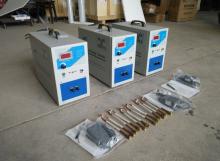
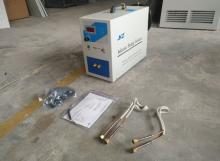

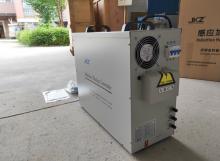


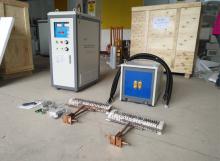
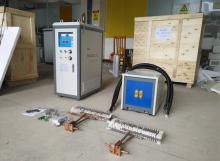

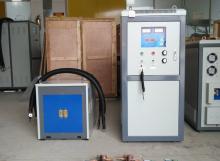

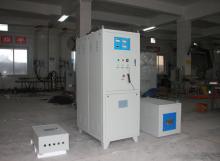

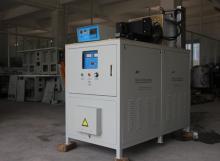
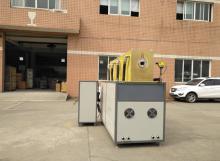
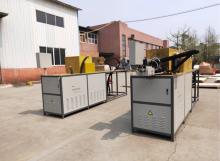
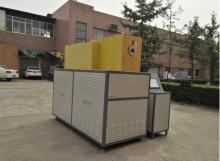
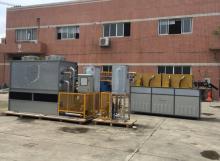
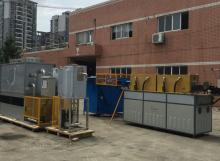
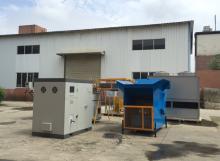
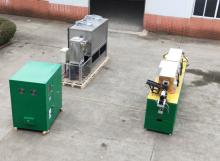
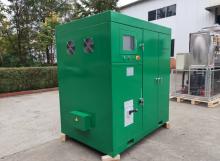
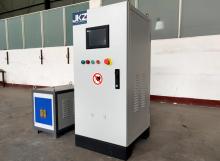
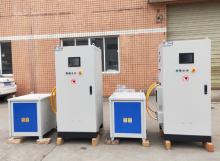



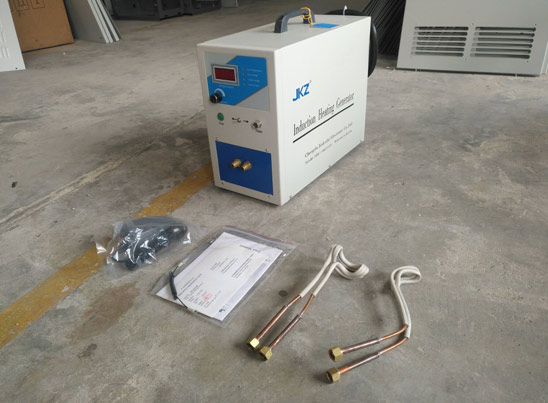
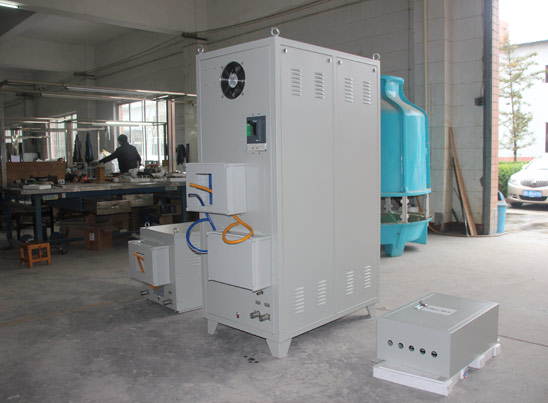
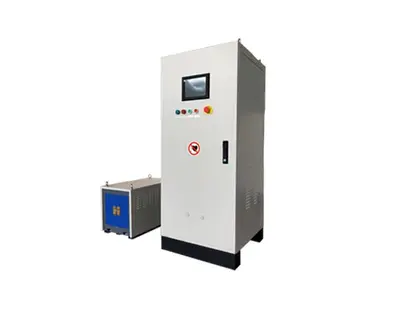



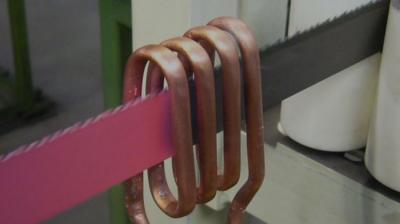
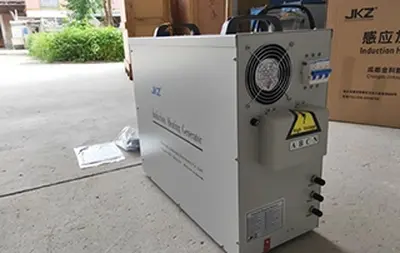
 Call us on:
Call us on:  Email Us:
Email Us:  NO. 688th South Baoguang Road, Xindu District, Chengdu City, Sichuan Province, China
NO. 688th South Baoguang Road, Xindu District, Chengdu City, Sichuan Province, China